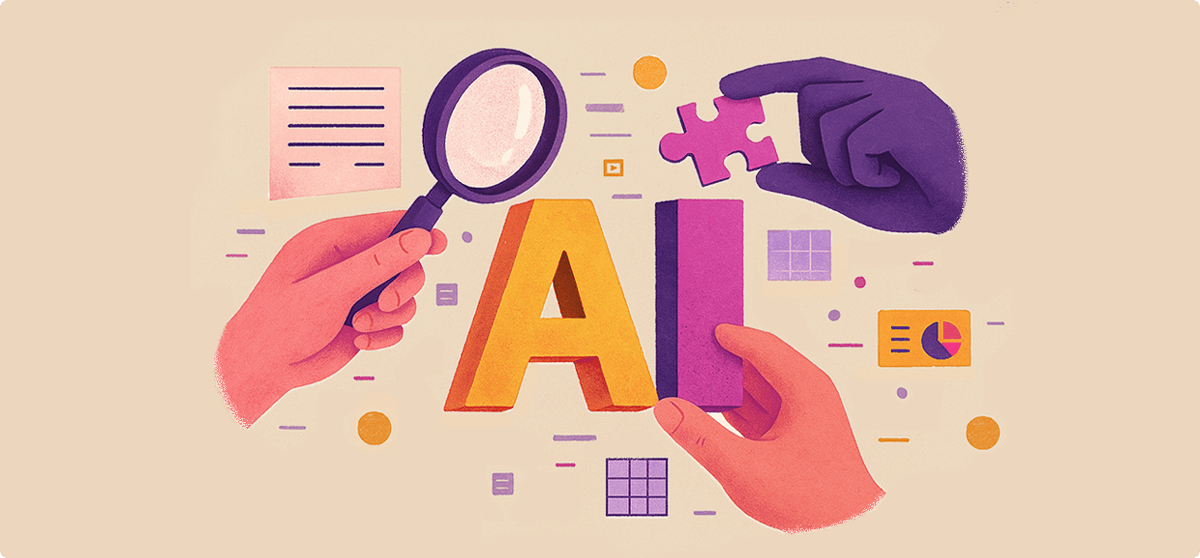An organization that is constantly learning and growing will always be able to outpace its competitors. Early-stage startups with high learning velocities can catch up to industry giants, while those incumbents can expand their competitive moats by rapidly acquiring and applying new skills, especially in emerging technologies.
But how do you know whether your employees are working on the right skills? Employees are prone to misjudging their skill levels — both underestimating and overestimating their abilities — and they won’t always study the material that will deliver the most value to the organization.
The best way to drive value from learning and development at your organization is to identify crucial skill gaps and then work to fill them. L&D leaders require a granular understanding of their workforce’s skills to build effective training programs and ultimately meet business goals.
Here are three steps to identify skill gaps and establish clear learning pathways that lead to career growth.
- Verify current abilities with skills assessments
You will never know your company’s gaps if you don’t know your employees’ skill levels. Skill verification — confirming that someone possesses a skill, and the extent to which they’ve mastered it — is the cornerstone of any upskilling campaign. It helps leaders gain confidence in their skills data, which in turn enables more informed and impactful decisions.
L&D leaders know that decisions depend on the validity and nuance of their skills data. Rather than settling for self-assessments, Workera uses precise, AI-driven assessments for initial verification, then creates a learning path that is calibrated to the user’s current ability level. These assessments empower leaders to pinpoint skill gaps and provide hyper-personalized learning aligned to specific projects and business goals. They also help L&D teams make strong cases for investment.
Skills verification generates quantifiable data tailored to each role and function, which is particularly important as organizations adopt skills-based strategies. Workera understands that critical roles or skills affecting revenue demand robust verification methods and clear industry benchmarks. Because skills are dynamic, the platform also integrates verification into ongoing processes and reassessments over time.
- Compare skill levels to benchmarks
Data points are meaningless without context. Benchmarks can help individual learners measure themselves against their peers within the company and across the industry. Benchmarks can also help companies understand where they’re falling behind competitors, which shows you what you need to work on most urgently.
With the right content, employees can rapidly upskill in a specific area. However, L&D leaders need context in order to set reasonable, productive goals and expectations. That’s why Workera establishes benchmarks to help users understand how they measure up to their average and best-in-class peers across the industry. For example, if a workforce is well below the industry benchmark in Machine Learning, leaders can prioritize upskilling in that domain through incentives like competition, leaderboards, or cash compensation.
Benchmarks also set the threshold for scores considered “best-in-class,” or the top 25% of users. Companies and individual employees will know the standard they need to reach to be considered industry leaders in that skill — and verified skills insights enable L&D leaders to design training that helps learners reach that standard.
- Use AI mentoring to precisely address gaps
Once you’ve identified the skill gaps, your success will depend on how quickly you can address them with personalized learning pathways. AI mentoring is the most effective tool because it tailors learning to each individual’s needs and preferences, and it generates the learning content that will be most efficient.
Workera’s AI mentor, Sage, starts with conversational assessments that provide feedback, benchmarks, and guidance to gain skills. Sage learns each employee’s job context, determines the most relevant skills to verify, verifies them, and provides a precise analysis of any skill gaps. From there, Sage guides users to close those gaps through direct practice and tailored learning pathways. For L&D leaders, Sage helps focus training resources where they’ll have the most impact for the business.
To learn more about Workera and how we help customers identify and solve skill gaps, request a demo from a member of our sales team.
Category
Blog





